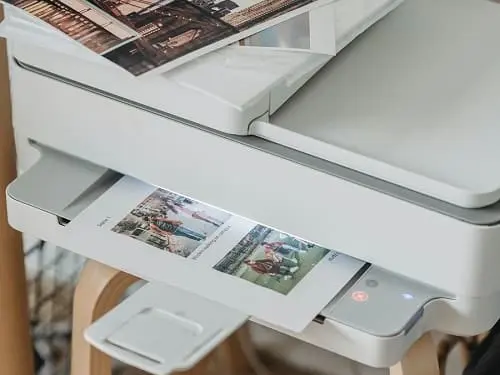After a recent ‘Which?’ survey found that some branded printer ink costs more than some champagnes, we take a look at the reasons why printer ink is so expensive.
The Recent ‘Which?’ Survey
The survey by consumer watchdog Which? asked more than 10,000 inkjet printer owners about their ink shopping experiences regarding both original-branded and third-party brands. Not only did the survey find that there were (as has been the case for a long time) big differences between the price of branded and third-party printer ink cartridges, but also that “Branded ink from popular printer manufacturers is crazily expensive. Per millilitre, it’s more expensive than some of the most luxurious liquids, 32-year-old Scotch whisky and champagne included.” In fact, Which? found that Ink bought from the manufacturer can be up to 286 percent more expensive than buying third-party inks.
Reasons
Which? conducts annual surveys about printer ink prices and performance and third-party ink brands often rate at the top of their tables for factors such as ease-of-use (cartridges), print quality and value for money. If cheaper third-party ink cartridges are valued so much by customers, the question must be asked, why is printer ink, particularly branded printer ink, so expensive?
The reasons why some printer ink suppliers can successfully charge higher prices include:
– In buyer-behaviour terms, the general effect of brand-power on consumers perception, trust, and choice, plus the motivation to avoid negative reinforcement, and post-purchase dissonance are reasons why higher-priced branded cartridges may be purchased. Consumers are generally conditioned to believe that ‘you get what you pay for’ and are more likely to trust the ink which has the same brand as the printer and may assume that buying the same brand will give them a better chance of satisfaction and of avoiding a negative outcome and negative feelings about their choices and their judgement.
– Some customers believe that third-party ink cartridges won’t work in their printer. Which? found that although almost half of printer ink buyers (43 percent) have this concern when, in fact, only 11 percent of printer ink buyers have actually found this to be the case.
– According to Which?, unlike other inkjet printers, HP printers use ‘dynamic security’, which recognises cartridges that aren’t HP branded and stops them from working. This effectively stops customers from buying cheaper, third-party cartridges, thereby allowing HP to maintain higher prices. It is worth noting however that HP says that customers have the option to use HP Instant Ink, which is a subscription service where, it is claimed, that customers could save up to 70 percent.
– As highlighted in the Which? survey, 30 percent of people think that third-party inks are more likely to leak and could damage their printer. This belief is another reason why higher-priced branded cartridges are often purchased instead of lower-cost alternatives that are equal in performance.
– Selling the printer as a loss leader (i.e. selling the printer at a low price and the cartridges at a high price) is another way of tying customers into buying the compatible ink at a high profit-margin.
– Using distribution tactics such as striking deals with big shops/supermarkets/chain stores could enable big printer (ink) brands to limit the sale of cheaper, compatible, third-party alternatives.
– Using pricing tactics such as price skimming (i.e. simply charging a high price to customers with price inelastic demand) is another way that printer/ink big brands could charge higher prices.
HP Says…
Taking HP as an example of a company that may charge higher prices for its ink, as highlighted in a reported presentation by Thom Brown, marketing manager at HP back in 2010, some possible reasons for the high price of ink are/were:
– The price of the technology involved in making the inks. For example, HP (at the time) was spending $1 billion a year on ink research and development to make inks that could withstand heating, vaporisation, and being squirted at 30 miles per hour/36,000 drops per second through a tiny nozzle to dry almost instantly.
– Each system having a different way of using ink or a different drop size could make it difficult to compare different types/brands of ink, solely based just on the volume of liquid.
– Industry methods for measuring page yield may be confusing to consumers and may not enable accurate price comparisons.
What Does This Mean For Your Business?
The Which? study appears to show that although some situations may lead some customers to believe that they must buy higher-priced branded inks e.g., HP’s ‘dynamic security’, performance between branded and third-party inks, according to those surveyed, is not different in many cases. For example, people gave similar print quality ratings for original and third-party inks, with 16 non-branded inks coming out ahead of Brother, Canon, Epson, and HP. This could indicate that many buyers may be confused by marketing messages and mistaken beliefs. It is, of course, difficult to dispute any claims about the technology of any particular inks pushing up the price but as Adam French, Which? consumer rights expert points out, which ink to put in a printer should be “a personal choice and not dictated by the make of your printer”. It may be fair for buyers to conclude, therefore, that the higher prices of branded cartridges compared to third-party are more based upon consumer-beliefs and marketing differences, although it is up to each customer to choose. Which? provides its guide to the best cheap ink cartridges and where to buy them here: https://www.which.co.uk/reviews/printers-and-ink/article/best-cheap-printer-ink/best-cheap-ink-cartridges-aaOXG7F0Tgol.


